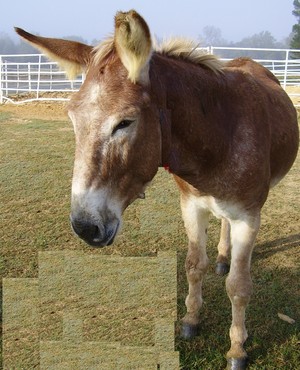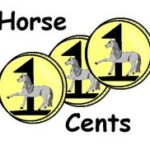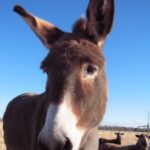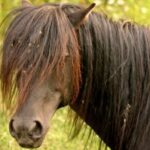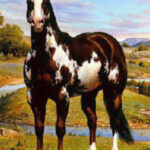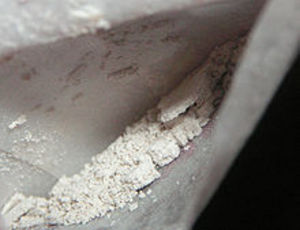Many people get donkeys thinking they are the same as horses – they aren’t. They’re a unique animal with their own view of the world – and of your place in theirs.
They’re often said to be stubborn, independent and more difficult than horses. While there is some truth to this, as many horse training methods meet with less than success for donkeys, donkeys are incredibly hardy animals. The donkey’s view is not taking things at face value – he won’t put himself out for you on blind trust. Where a horse will often take a chance and follow you without question – the donkey questions. Do you know better than he? His self preservation is above everything else.
Another big difference is donkeys are vocal. If food is late, if they see you coming, if something is in the field that shouldn’t be, if a new animal is coming – they will announce it. Their bray carries and can be heard a mile or more away. If your routine varies on a regular basis and you have neighbors close by you might think hard about donkeys. They also can live longer than horses – so taking on a donkey is a comittment.
Donkeys are well known as effective guardians for sheep and goats. Some even run them with cattle and horses to keep dogs and other animals from harassing the livestock. The donkey is common in black or grey with or without spots but there are larger ones that are red also. There’s various sizes from the miniature donkey at the smallest to standards – generally speaking pony sized – and mammoth which are horse sized. Crossed on mares the jack will produce mules – which equally vary but are most often standard, mammoth or draft. Draft mules are the largest mules, taking size from the draft mare dam.
Miniatures average 32-34″ with a maximum of 36″ and have a single foal that is 20-30 pounds at birth. As with most donkeys they shouldn’t be bred until they’re about three years old. Miniatures are sometimes called Mediterranean. The standards are 48.01 inches to 54 (jennets) or 56 inches (jacks). The mammoth are 54/56 inches and up. The very endangered French Poitou is 14-15 hands and there are estimated less than 400 in the world – much more endangered than wildlife species.
Donkeys do well on forage – pasture. Donkeys take more roughage and less grain than horses. They are more apt to become obese – often expressed with a thick mass of fat in the neck. This is unhealthy and it’s strongly advised to watch your donkey’s condition to keep him in good condition. Normally donkeys need very little grain. A donkey’s sense of self preservation will often prevent him from eating to sickness as a horse will. However, it’s best to stick to lower protein feeds – no sweet feed, no alfalfa. Jennies (females) that are pregnant may need extra nutrition but most donkeys do not.
The hooves are trimmed at a much more upright angle than horses are maintained at. They should be trimmed every couple months. They should have a shelter where they can get in and stay dry. Unless there’s an odd problem they won’t need shoes – their feet normally are naturally in good condition.
Plenty of clean water is needed. Good water, good food, a shelter and room to stretch is needed. Confinement to a stall is not good – they are an incredibly strong animal as many have found when putting a rope on a normally gentle donkey and getting dragged to the pasture gate in impatience to get out. They’ll need regular vaccinations and worming similar to horses.
Donkeys and mules are good for riding, driving, working and predator protection. They’ll take care of you because they take care of themselves.
